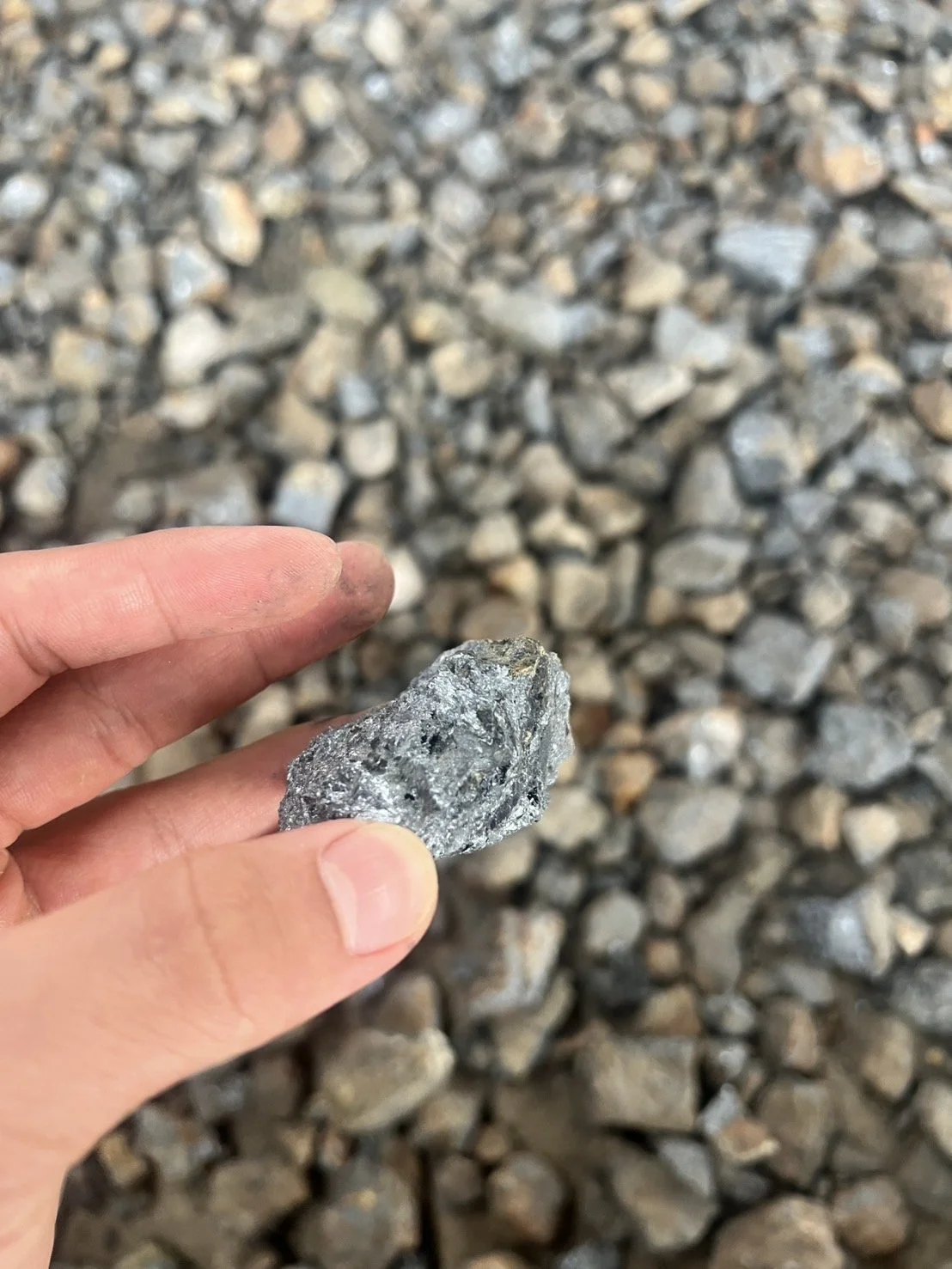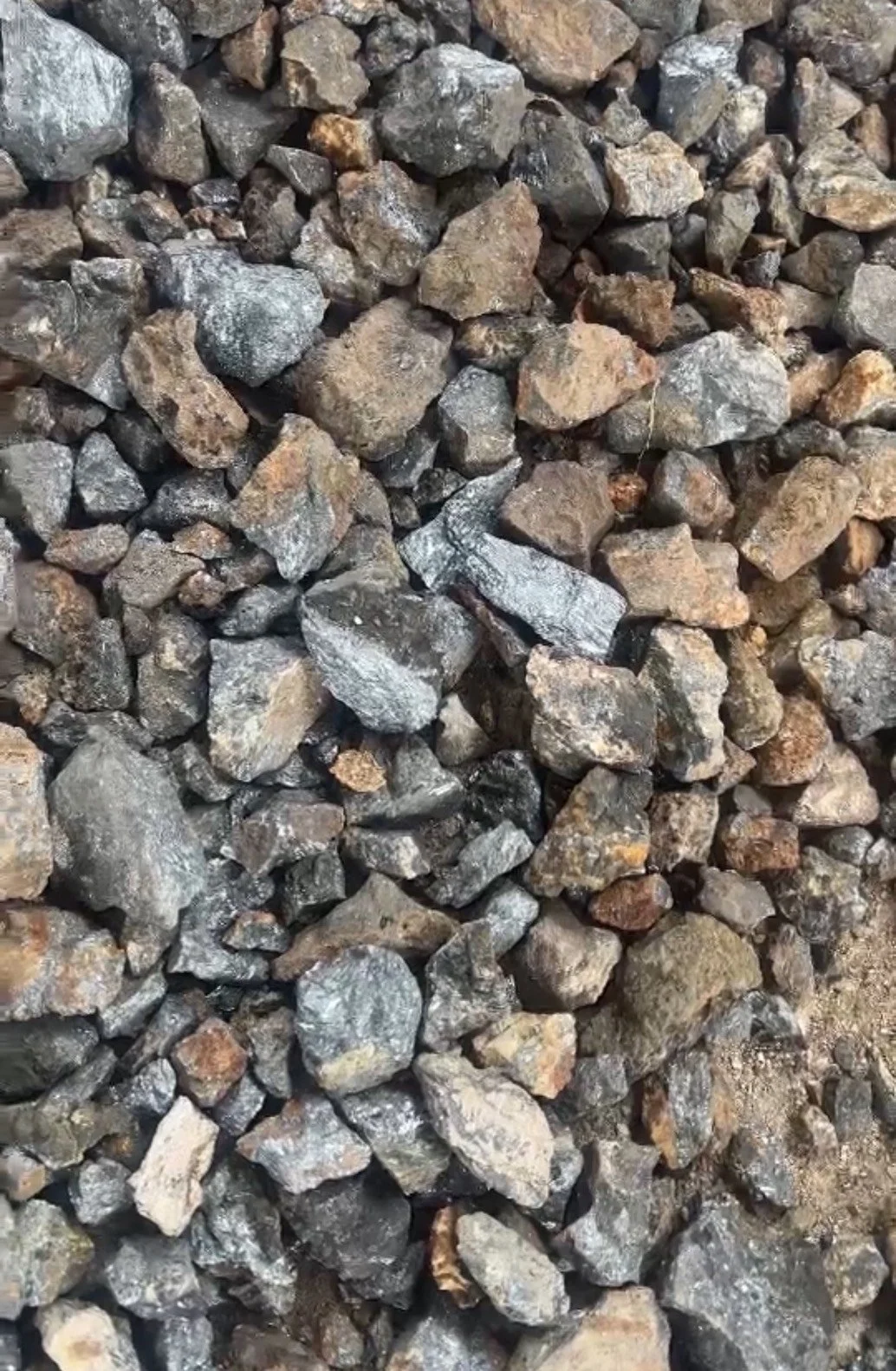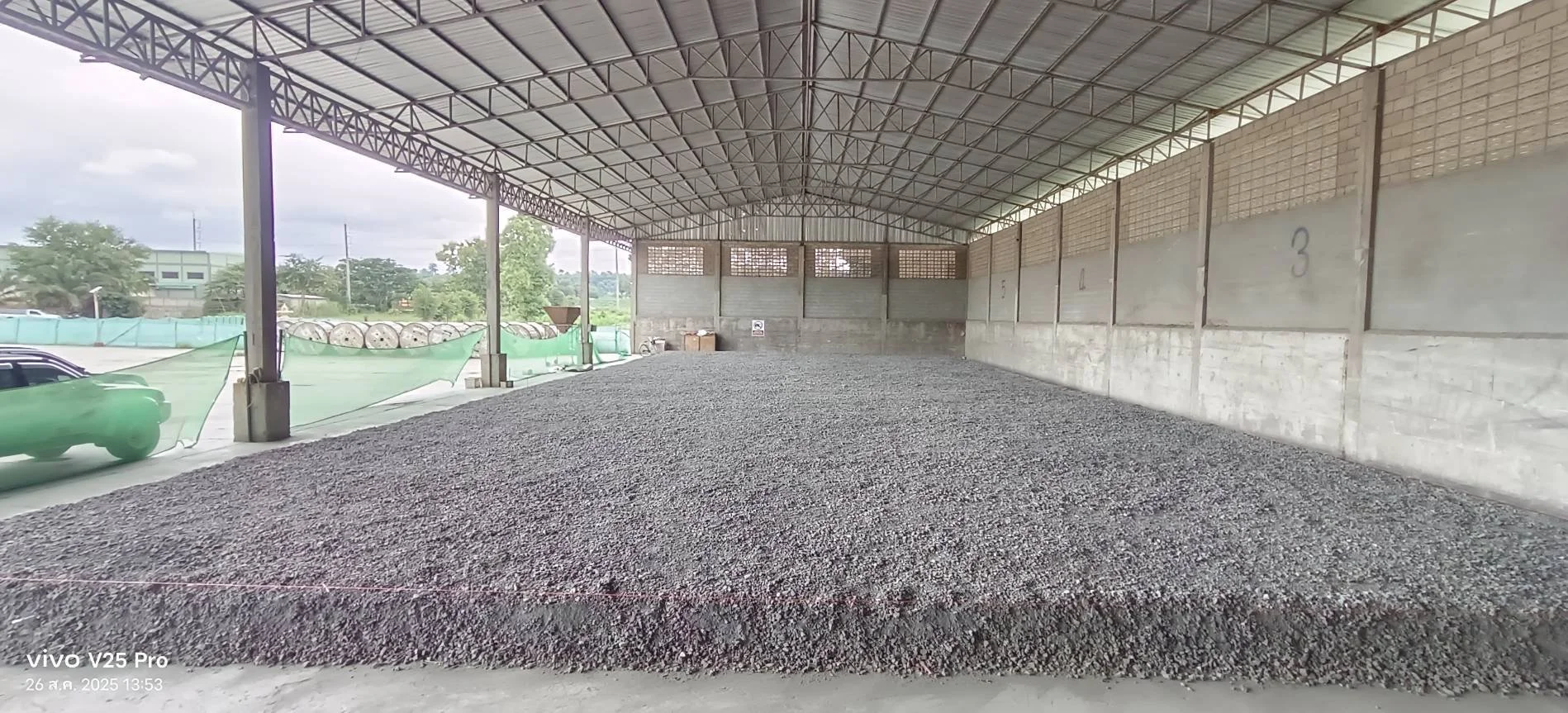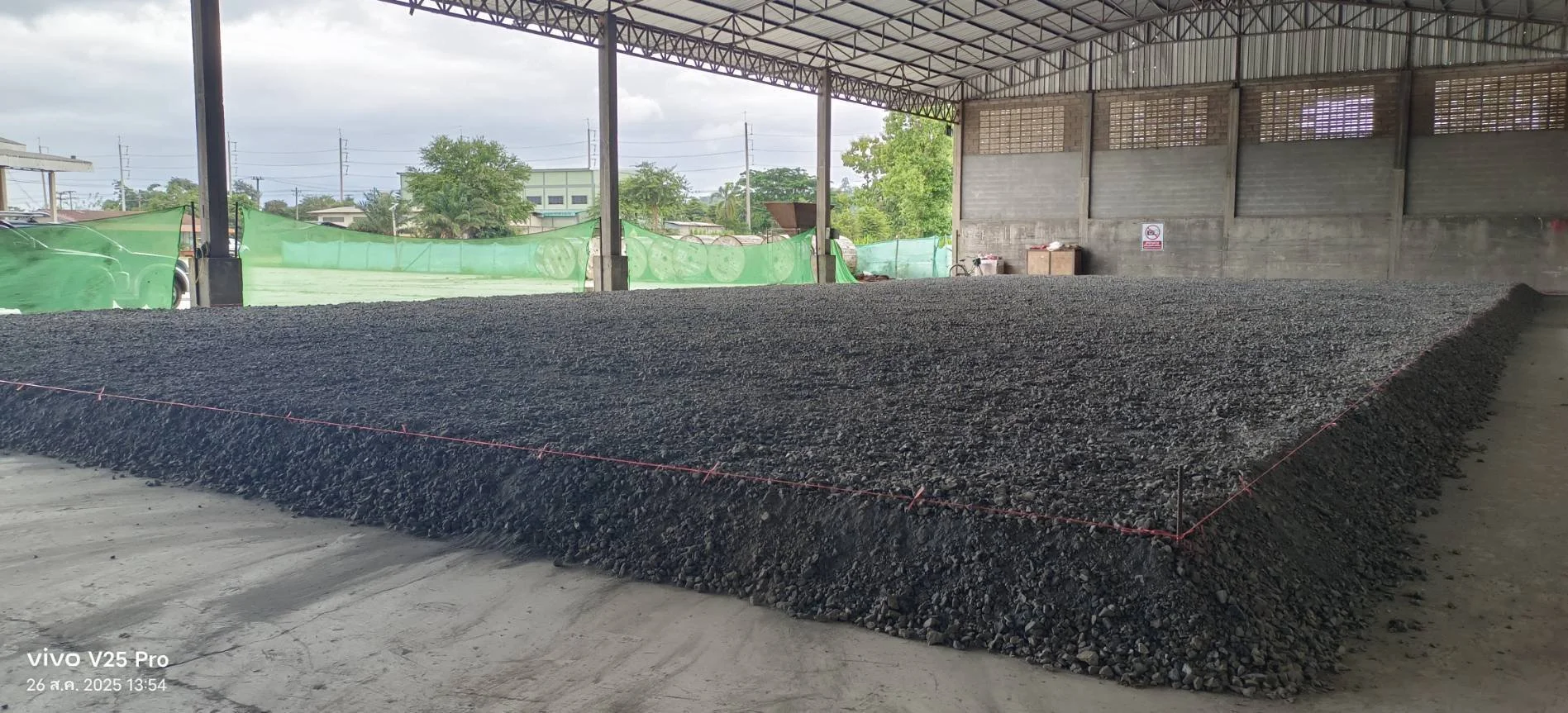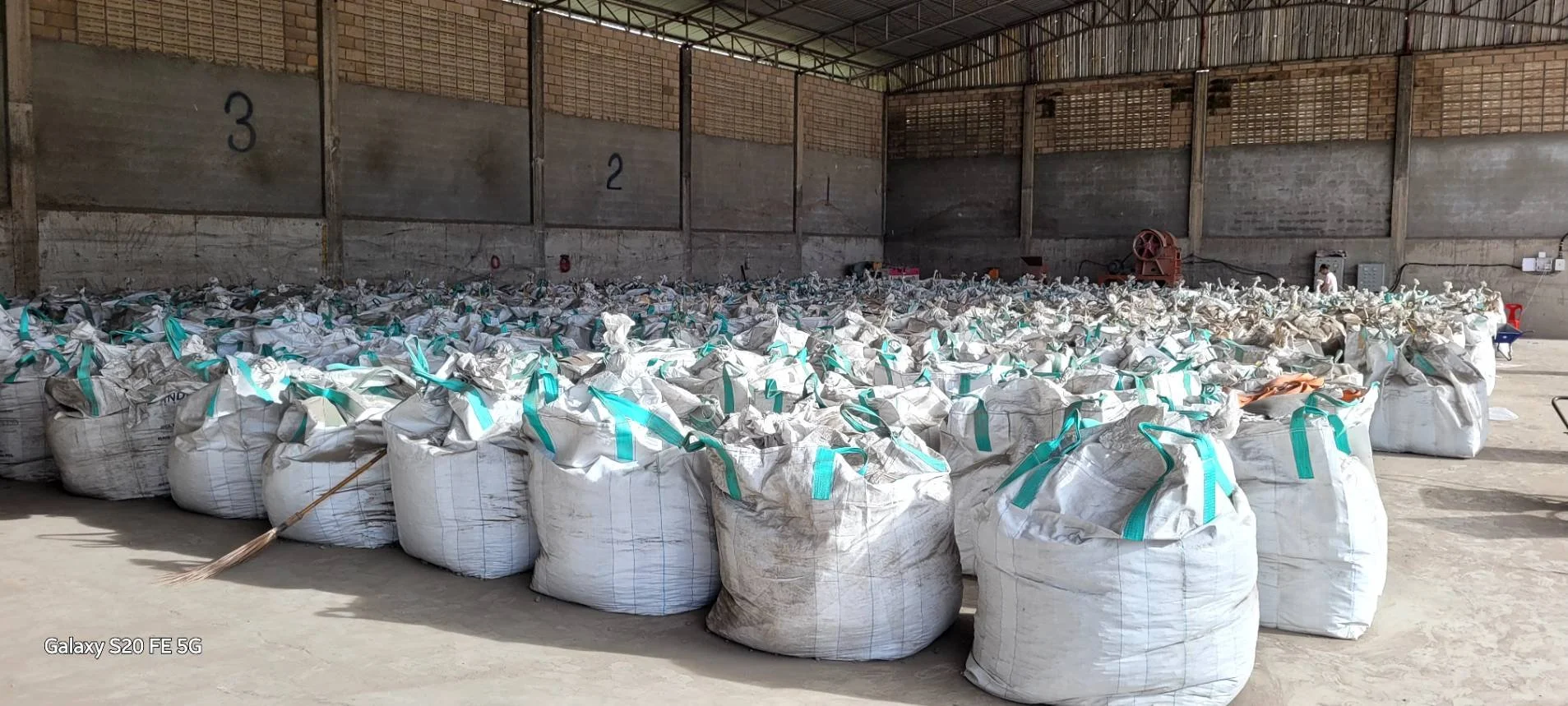
Antimony Ore and Metal
Antimony ore is the naturally occurring, mineral-based form of antimony—typically found as stibnite (Sb₂S₃)—and serves as the essential raw material for the entire antimony value chain. With commercial-grade purity ranging from 15% to 45% Sb, this ore is extracted, crushed, and verified through laboratory assay before being refined. It is the starting point for producing antimony ingots, antimony trioxide (ATO), antimony trisulfide (Sb₂S₃), and various metal alloys used across industries. Antimony ingots, on the other hand, are the refined metallic form of antimony—cast into blocks with purity typically between 99.50% and 99.85% Sb—and are favored by industrial buyers for their consistency, transport efficiency, and compatibility with downstream manufacturing. These ingots are widely used in the production of flame retardants, batteries, glass decolorizers, lead-acid grid alloys, and precision solders. While ore provides strategic sourcing leverage, ingots offer ready-to-use metallic input, making both forms critical for sectors ranging from defense and electronics to automotive and energy storage.
Antimony Trisulfide (Sb₂S₃)
Antimony Trisulfide (Sb₂S₃) is a dark gray crystalline compound refined from antimony ore or ingots, widely recognized for its ignition sensitivity, thermal resistance, and chemical stability. It plays a critical role across multiple industries, particularly in defense and munitions, where it is used in the manufacturing of primers, detonators, and tracer rounds due to its reliable ignition properties. In the automotive sector, it is a key component in high-performance brake pads and clutches, improving friction consistency and heat resistance. Sb₂S₃ also finds application in pyrotechnics and fireworks, enhancing spark generation and controlled burn rates for precision effects. Additionally, it is used in specialty glass production, infrared-absorbing coatings, and emerging fields like industrial ceramics and electronic shielding. Depending on the application, it can be processed into various grades and particle sizes, making it a versatile material for both heavy industry and advanced manufacturing systems.

